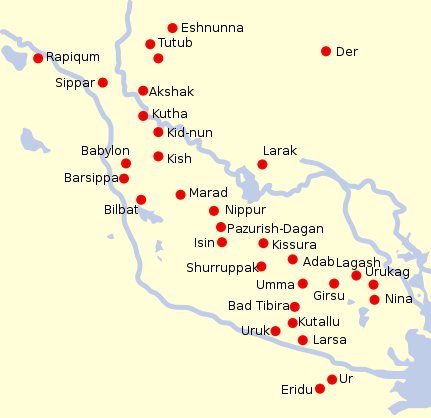Once again. The key number 78 (= 3 * 26) equals 288 - 210 (and also 185 - 107):
Which means we can count 2 * 78 from day 210 (July 29) in order to reach to the first day of the new Sun year.
5 * 60 + 60 days = 360 (Sun), but 60 weeks equals 420 (Moon). ... according to the legend Sabazius was torn by the Titans into seven pieces. Seven was Jehovah's mystical number; so was also 42, the number of letters in his enlarged Name, and according to Cretan tradition, the number of pieces into which the Titans tore the bull-god Zagreus ... ... They tightly swathed the broken body in linen bandages, and when they performed over it the rites that thereafter were to be continued in Egypt in the ceremonial burial of kings, Isis fanned the corpse with her wings and Osiris revived, to become the ruler of the dead. He now sits majestically in the underworld, in the Hall of the Two Truths, assisted by forty-two assessors, one from each of the principal districts of Egypt; and there he judges the souls of the dead ... In the G text glyph number 210 corresponds to OCTOBER 17 (290 = 80 + 210), which place in time-space due to the precession (personified by the Fox star, 80 Ursae Majoris) had moved ahead to day 350 (= 290 + 60) at the time of the Pope Gregory XIII.
... Proclus informs us that the fox star nibbles continuously at the thong of the yoke which holds together heaven and earth; German folklore adds that when the fox succeeds, the world will come to its end. This fox star is no other than Alcor, the small star g near zeta [ζ] Ursae Majoris (in India Arundati, the common wife of the Seven Rishis, alpha-eta Ursae ...
From ο Ursae Majoris (207) to ο Herculis (354) there were (354 - 207) / 7 = 21 weeks (= 60 - 39 weeks), but Ursa Major was currently on the other side of the pole and 207 + 183 = 390 (= 13 * 30 = 360 + 30) days, which means the distance could as well be described as 390 - 354 = 36 days.
Turning Hercules upside down brings also his star ο to the front (like a little egg, o-micro). ... Hercules first appears in legend as a pastoral sacred king and, perhaps because shepherds welcome the birth of twin lambs, is a twin himself. His characteristics and history can be deduced from a mass of legends, folk-customs and megalithic monuments. He is the rain-maker of his tribe and a sort of human thunder-storm. Legends connect him with Libya and the Atlas Mountains; he may well have originated thereabouts in Palaeolithic times. The priests of Egyptian Thebes, who called him Shu, dated his origin as '17,000 years before the reign of King Amasis'. He carries an oak-club, because the oak provides his beasts and his people with mast and because it attracts lightning more than any other tree. His symbols are the acorn; the rock-dove, which nests in oaks as well as in clefts of rocks; the mistletoe, or Loranthus; and the serpent. All these are sexual emblems ... The Egg (Beid, ο¹ Eridani) was in May 22 (142), which was 300 right ascension days later than the nose of the Great Bear; *62 + *365 - *127 = *300:
... Makoi got up and began to familiarize himself with the (new) land. (This took place) on the fifteenth day of the month of June ('Maro'). [166 + 365 = 18 * 29½] He went toward the sheer face of the rocks (titi o te opata), was astonished (aaa), came up to the middle (of the outer rim of the crater), and stood at the very edge. He looked down and saw the 'Pu Mahore of Hau Maka' (on the coast) and said, 'There it is, the hole of the mahore fish of Hau Maka!' [At the Full Moon was Heka in Orion.] He turned his face and looked toward the back (i.e., in the direction of the crater). No sooner had he seen how the dark abyss opened up (below him), when a fragrant breeze came drifting by. Again Makoi said, 'This is the dark abyss of Hau Maka'. He turned around, walked on in utter amazement, and arrived at the house. He spoke to Ira, 'Hey you, my friends! How forgetful we (truly) are. This place is adequate (? tau or 'beautiful'), the dark abyss lies there peacefully!' Ira replied, 'And what should that remind us of up here?' All arose and climbed up. They went on and arrived; they all had a good look (at the inside of the crater). They returned home and sat down. Night fell, and they went to sleep ... The Pope had launched his new calendar in day 288 (ºOctober 15), where at his time Thuban (α Draconis, the ancient star at the pole) had its right ascension line.
At the time of the Bull this 'longitude' had been 60 days earlier, viz. in AUGUST 16:
... The Julian calendar day Thursday, 4 October 1582 was followed by the first day of the Gregorian calendar, Friday, 15 October 1582 (the cycle of weekdays was not affected) ... Instead of the Julian date 5 October 1582 there was an abrupt leap ahead with 10 days to 15 October 1582 AD, leaving 9 'stolen' days out in limbo - or even more if the Gregorian calendar was adopted later:
And counted from Gregory's new day for spring equinox (ºMarch 21) the right ascension line at AUGUST 16 had been reset to *148 - which due to the precession (the Fox) had moved ahead with 60 days to *228. Today, when writing this, I notice that the day is July 22 in the year 2020, which I of course will immediately interpret as the current π day (because 22 / 7 = 3.14). The structure must stand firm. ... The Sothic cycle was based on what is referred to in technical jargon as 'the periodic return of the heliacal rising of Sirius', which is the first appearance of this star after a seasonal absence, rising at dawn just ahead of the sun in the eastern portion of the sky. In the case of Sirius the interval between one such rising and the next amounts to exactly 365.25 days - a mathematically harmonious figure, uncomplicated by further decimal points, which is just twelve minutes longer than the duration of the solar year ... In ancient Egypt they thought Sirius was behind the yearly rise of the Nile ... the seasonal cycle, throughout the ancient world, was the foremost sign of rebirth following death, and in Egypt the chronometer of this cycle was the annual flooding of the Nile ... ... In the Olympian creation myth, as Hesiod tells it in the Theogony, Uranus came every night to cover the earth and mate with Gaia, but he hated the children she bore him. Hesiod named their first six sons and six daughters the Titans, the three one-hundred-armed giants the Hekatonkheires, and the one-eyed giants the Cyclopes. Uranus imprisoned Gaia's youngest children in Tartarus, deep within Earth, where they caused pain to Gaia. She shaped a great flint-bladed sickle and asked her sons to castrate Uranus. Only Cronus, youngest and most ambitious of the Titans, was willing: he ambushed his father and castrated him, casting the severed testicles into the sea. For this fearful deed, Uranus called his sons Titanes Theoi, or 'Straining Gods' ...
And *228 (at heliacal Thuban in the year 1582 AD) can then be compared to my first day beyond π (day zero). When once upon a time Thuban had ascended to the top of the sky dome he should have personified the Creation of our present world:
For at the Full Moon, in AUGUST 13, was the First Point of Aries:
There was a Fishing Ground (hakanononga) in the preceding night, at Ana-nia, from where a new Land was drawn up. ... The brothers had no idea what Maui was up to now, as he paid out his line. Down, down it sank, and when it was at the bottom Maui lifted it slightly, and it caught on something which at once pulled very hard. Maui pulled also, and hauled in a little of his line. The canoe heeled over, and was shipping water fast. 'Let it go!' cried the frightened brothers, but Maui answered with the words that are now a proverb: 'What Maui has got in his hand he cannot throw away.' 'Let go?' he cried. 'What did I come for but to catch fish?' And he went on hauling in his line, the canoe kept taking water, and his brothers kept bailing frantically, but Maui would not let go. Now Maui's hook had caught in the barge-boards of the house of Tonganui, who lived at the bottom of that part of the sea and whose name means Great South; for it was as far to the south that the brothers had paddled from their home. And Maui knew what it was that he had caught, and while he hauled at his line he was chanting the spell that goes: O Tonganui / why do you hold so stubbornly there below? // The power of Muri's jawbone is at work on you, / you are coming, / you are caught now, / you are coming up, / appear, appear. // Shake yourself, / grandson of Tangaroa the little. The fish came near the surface then, so that Maui's line was slack for a moment, and he shouted to it not to get tangled. But then the fish plunged down again, all the way to the bottom. And Maui had to strain, and haul away again. And at the height of all this excitement his belt worked loose, and his maro fell off and he had to kick it from his feet. He had to do the rest with nothing on ...
... the Palenque scribes repeated Creation again and described it as 'it was made visible, the image at Lying-down-Sky, the First-Three-Stone-Place'. Then we learned that five hundred and forty-two days later (1.9.2 in the Maya system), Hun-Nal-Ye 'entered or became the sky' (och ta chan). This 'entering' event occurred on February 5, 3112 B.C. The act of 'entering the sky' is recorded on another extraordinary painted pot.
This pot depicts one of the Hero Twins (One-Ahaw in the Classic texts and One-Hunaphu in the K'iche' Popol Vuh) and a great bird who is trying to land in a huge ceiba tree heavy with fruit. This mythical bird is Itzam-Yeh, Classic prototype of Wuqub-Kaqix, 'Seven-Macaw', of Popol Vuh fame. In that story, in the time before the sky was lifted up to make room for the light, the vainglorious Seven-Macaw imagined himself to be the sun. Offended by his pride, the Hero Twins humbled him by breaking his beautiful shining tooth with a pellet from their blowgun. This pot shows One-Ahaw aiming at the bird as he swoops down to land in his tree. As Itzam-Yeh lands on his perch, the text tells us he is 'entering or becoming the sky'. This particular 'sky-entering' is not the one mentioned in the Palenque text. It is the final event that occurred in the previous creation before the universe was remade. Before the sky could be raised and the real sun revealed in all its splendor, the Hero Twins had to put the false sun, Itzam-Yeh, in his place. If the date on this pot corresponds to that pre-Creation event, as we believe it does, then Itzam-Yeh was defeated in 12.18.4.5.0 1 Ahaw 3 K'ank'in (May 28, 3149 B.C.). After the new universe was finally brought into existence, First Father also entered the sky by landing in the tree, just as Itzam-Yeh did ... ... In three magnificent texts at the site of Koba, scribes recorded it as one of the largest finite numbers we humans have ever written. According to these inscriptions, our world was created on the day 4 Ahaw 8 Kumk'u. On this day all the cycles of the Maya calendar above twenty years were set at thirteen - that is to say, the cycles of 400 years, 8,000 years, 160,000 years, 32,000,000 years, and so on, all the way up to a cycle number extending to twenty places (2021 * 1360-day year). In our calendar, this day fell on August 13, 3114 BC.
To understand what this means, we need a little scale. The thirteens in this huge number act like the twelve in our cycles - the next hour after twelve is one. Thirteen changed to one as each of these cycles in the Maya calendar was completed, therefore, we have the following sequence:
Each of the years, called a tun by the Maya, in these dates is composed of 360 days. If we return to the Creation date with its twenty cycles set at thirteen, we see that it will take 41,943,040,000,000,000, 000,000,000,000 tuns for the highest cycle to change from thirteen to one ... What then could be the meaning of ºDecember 23 in the year 2012 AD? A quick look in the G text reveals the probable answer:
Here (in ºDecember 23 in the year 2012 AD), the Eagle (α Lyrae, Vega) would evidently return to his ancient position at the top of the World Tree. Whereas Sirius, as always, would remain standing in his fixed position down in the south. Sirius (*101) + *180 = *281 (Vega). Or, Sirius (181 + 16) + 164 = 361 (= 19 * 19).
|
||||||||||||||||||||||||||||||||||||||||||||||||||||||||||||||||||||||||||||||||||||||||||||||||||||||||||||||||||||||||||||||||||||||||||||||||||||||||||||||||||||||||||||||||||||||||||||||||||||||||||||||||||||||||||||||||||||||||||||||||||||||||||||||||||||||||||||||||||||||||||||||||||||||||||||||||||||||||||||||||||||||||||||||||||||||||||||||||||||||||||||||||||||||||||||||||||||||||||||||||||||||||||||||||||||||||||||||||||||||||||||||||||||||||||||||||||||



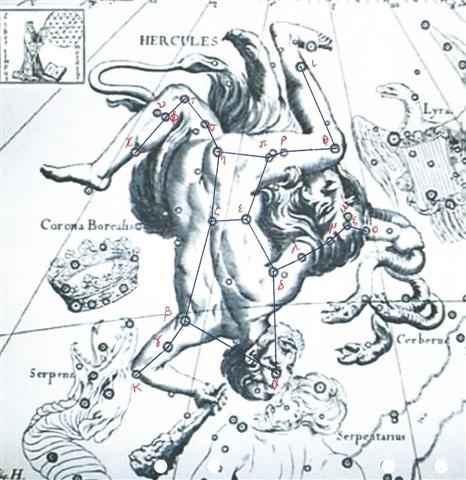





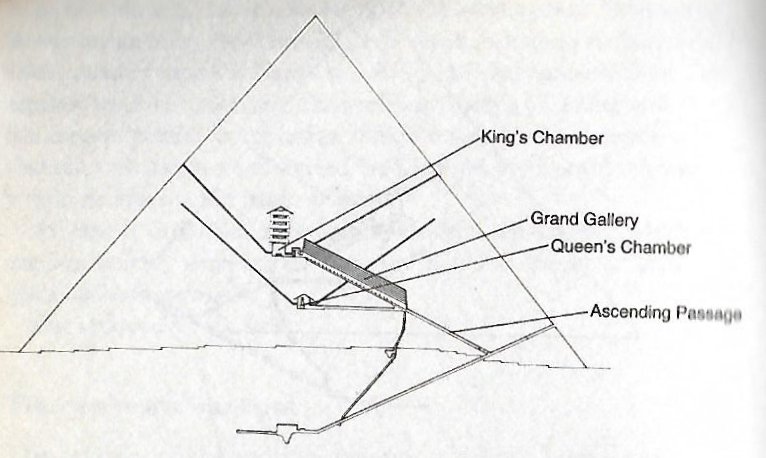
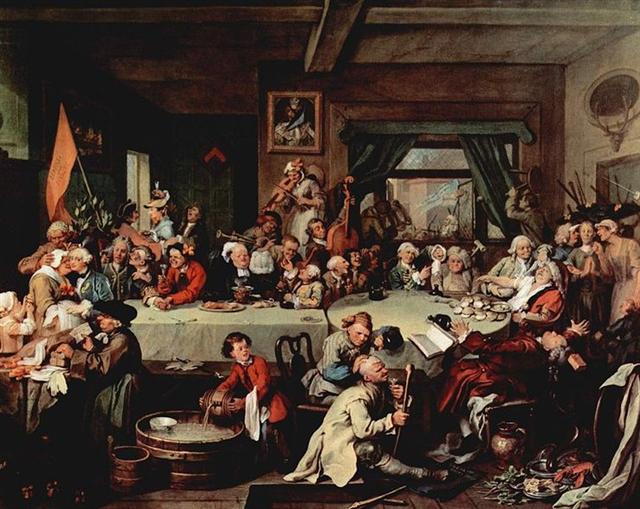

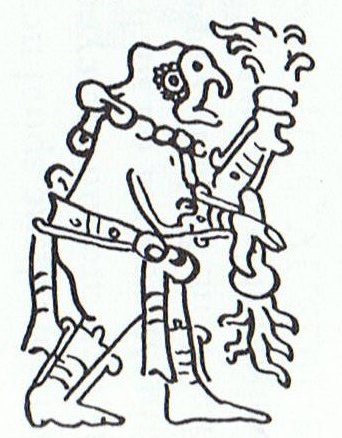
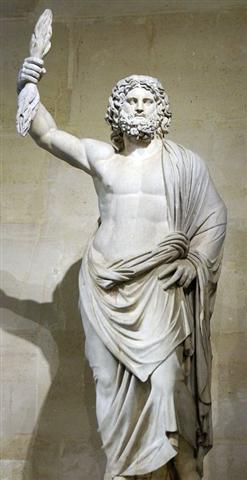




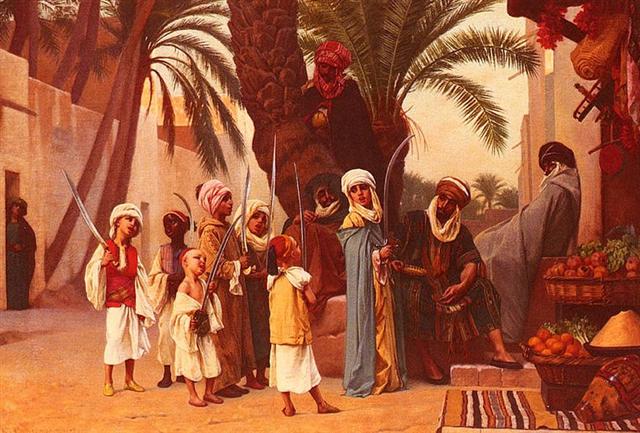





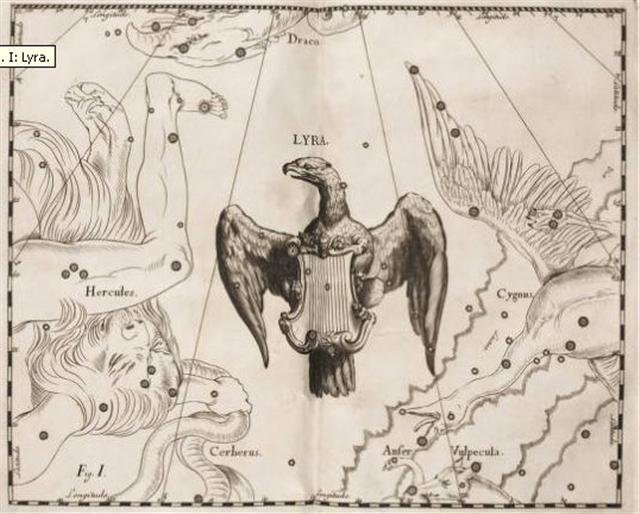





.jpg)
